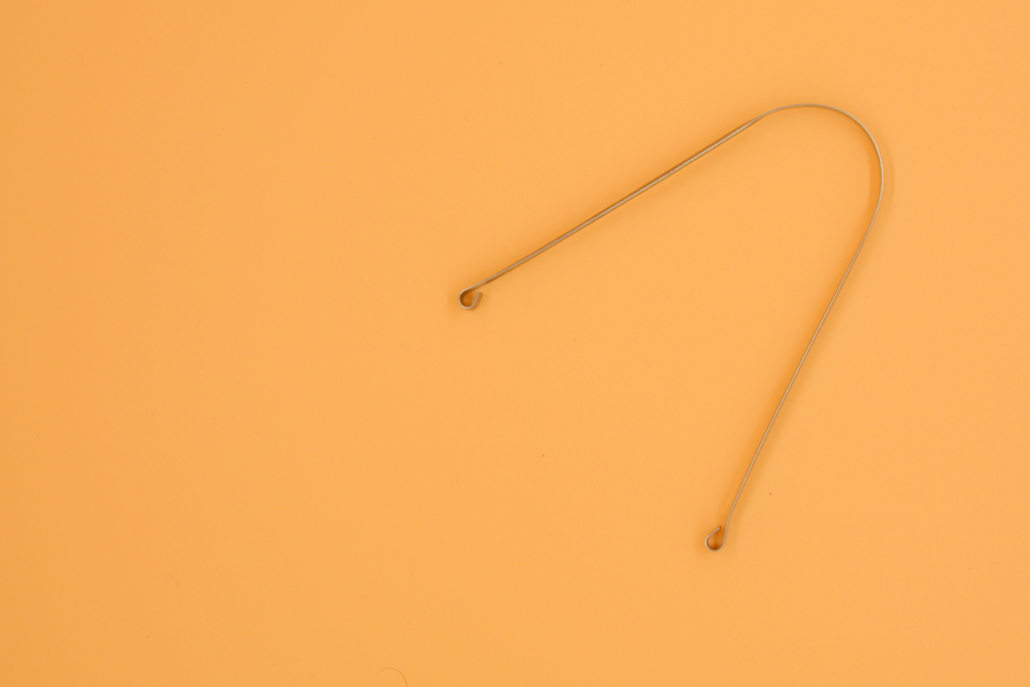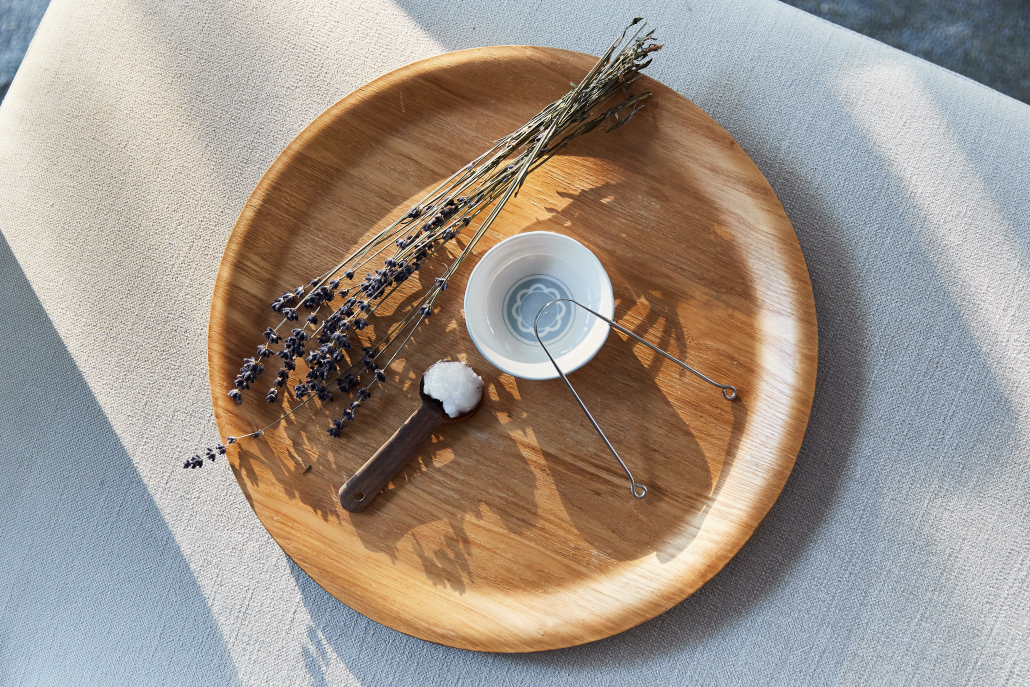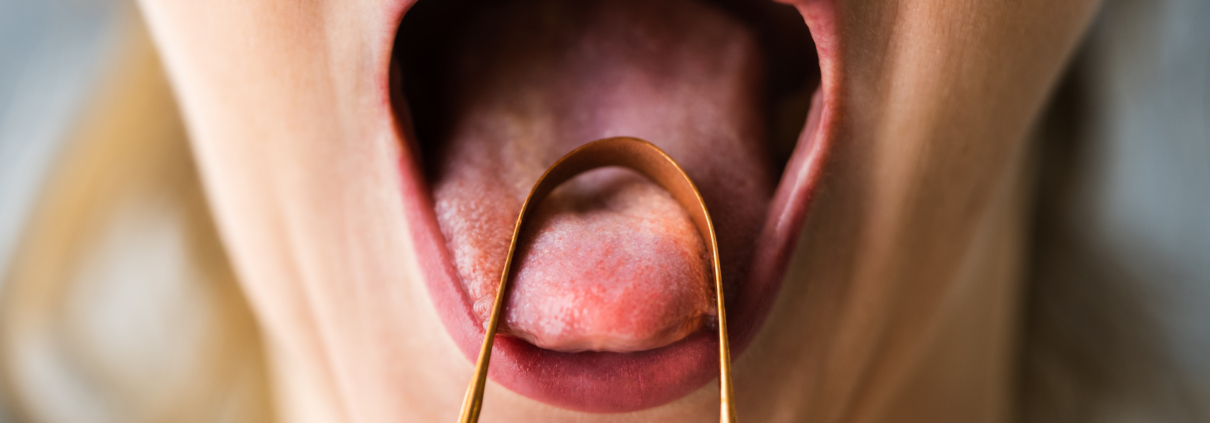The Ancient and Modern Practice of Tongue Scraping: Boost Your Oral Health and Wellness
Introduction to Tongue Scraping
Tongue scraping, a simple yet effective oral hygiene technique, involves the removal of bacteria, toxins, and food debris accumulated on the tongue overnight. Utilizing a metal or plastic scraper (traditionally copper), this practice not only promotes a clean mouth but also enhances overall health.
Historical Roots
Rooted in ancient wisdom, tongue scraping is a traditional practice in Ayurveda and has been used for centuries across various cultures including Europe, Africa, Arabia, South America, and particularly India. Historically, scrapers were crafted from a range of materials like wood, copper, silver, ivory, mother-of-pearl, whalebone, celluloid, and tortoiseshell, reflecting the practice’s integration into daily life and its importance in maintaining oral cleanliness.

Choosing the Right Product: Copper Tongue Scraper
A copper tongue scraper is recommended due to its natural antibacterial properties. Copper not only effectively removes oral debris but also helps in reducing the microbial load on the tongue, which is vital for maintaining oral hygiene.
Health Benefits of Tongue Scraping
- Enhances Taste: Regular scraping can enhance your taste perception by clearing out taste-dulling debris.
- Reduces Bad Breath: It removes bacteria that contribute to halitosis.
- Prevents Oral Health Issues: By maintaining a cleaner tongue, you reduce the risk of cavities, gum diseases, and infections.
- Detoxification: In Ayurveda, removing ‘ama’ (toxic residue) from the tongue is considered crucial for overall detoxification of the body.
Appropriate Conditions for Tongue Scraping
Ideal for individuals experiencing:
- Bad breath
- A coated tongue
- Loss of taste
- A desire for a more holistic approach to oral hygiene
Potential Risks and How to Avoid Them
- Gag Reflex: To prevent gagging, avoid placing the scraper too far back initially. Start in the middle and gradually move backward.
- Cutting the Tongue: Use gentle pressure and ensure the scraper is smooth with no sharp edges.

How to Scrape Your Tongue: A Step-by-Step Guide
- Stand in front of a mirror, open your mouth wide, and stick out your tongue.
- Place the scraper at the back of your tongue (or as far as comfortable).
- Gently pull the scraper to the tip of the tongue, removing the coating.
- Rinse the scraper and repeat if necessary.
Frequency of Tongue Scraping
For best results, incorporate tongue scraping into your morning routine, ideally before eating or drinking anything.
Cleaning and Caring for Your Tongue Scraper
After each use, wash the scraper with warm, soapy water. Store it in a clean, dry place to prevent bacterial growth.
Supporting Research and References
- Oral hygiene: a history of tongue scraping and brushing
- The effect of tongue scraper on mutans streptococci and lactobacilli in patients with caries and periodontal disease
- Healthline: Tongue Scraping
- Ayurveda: Tongue and Corresponding Organ Locations
- Impact of tongue cleansers on microbial load and taste
By integrating this ancient practice into your modern lifestyle, you can enhance not only your oral health but also contribute to your overall well-being. Tongue scraping is a testament to how traditional health practices can be seamlessly adopted to support our contemporary health needs, aligning perfectly with holistic health approaches like those offered in our “Radiant Life Training” program.
Disclaimer: The information in this blog post is provided for general informational purposes only and is not intended as medical advice. For personalized advice or treatment, please register as a patient at Radiance Healthcare, or consult with a qualified healthcare provider for any medical concerns.




